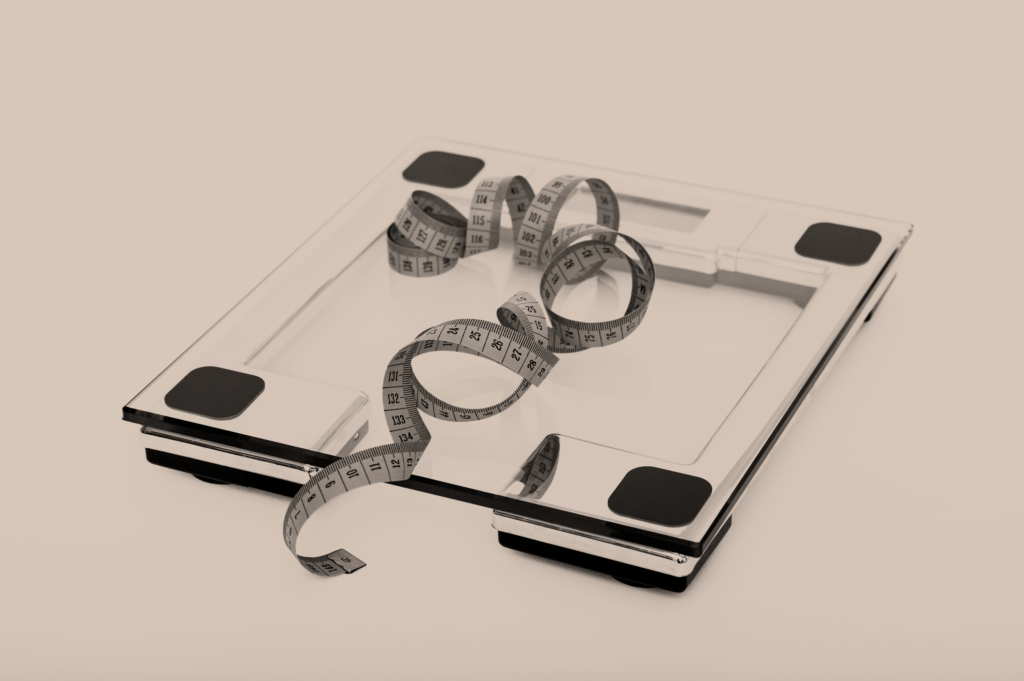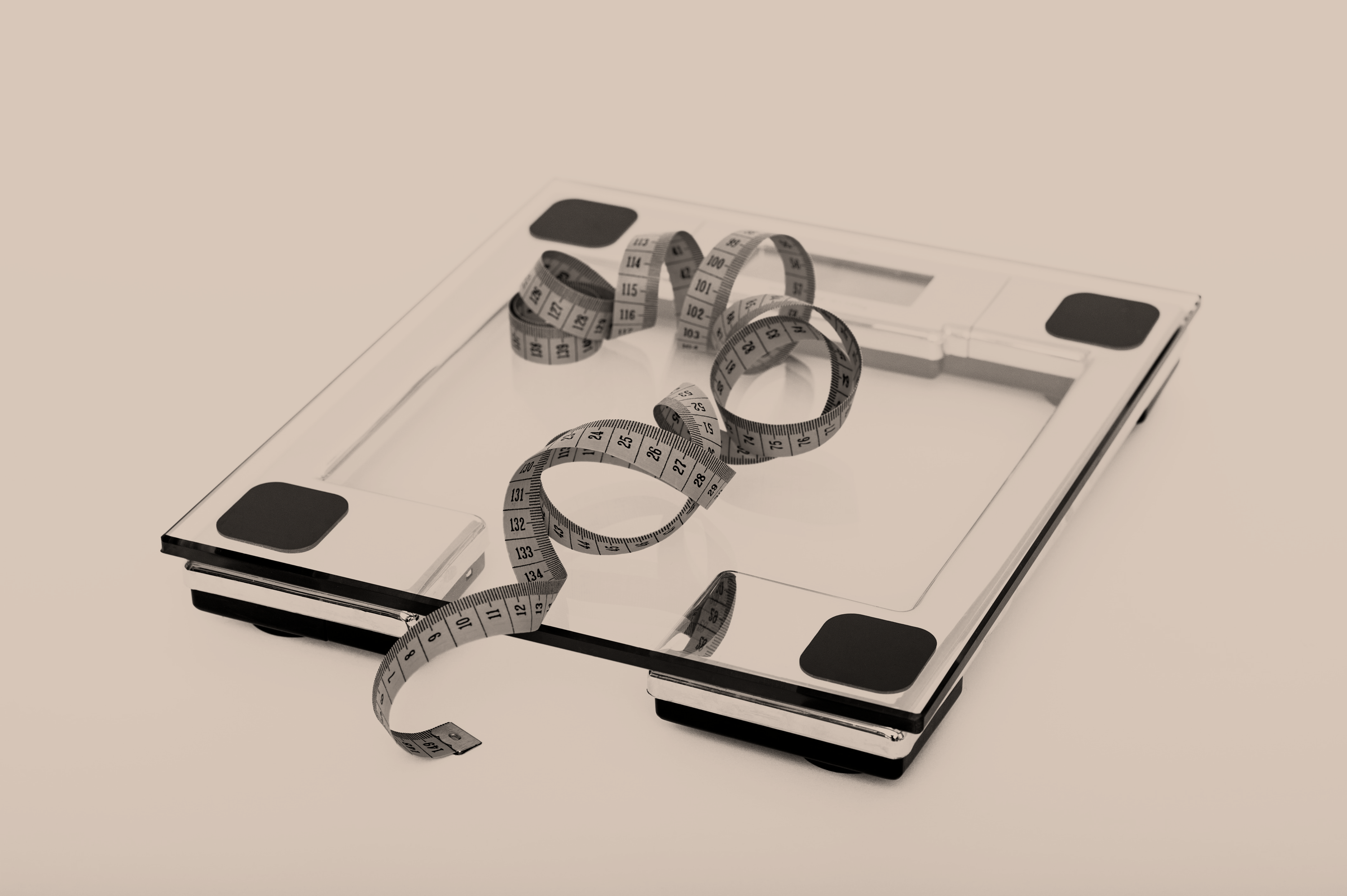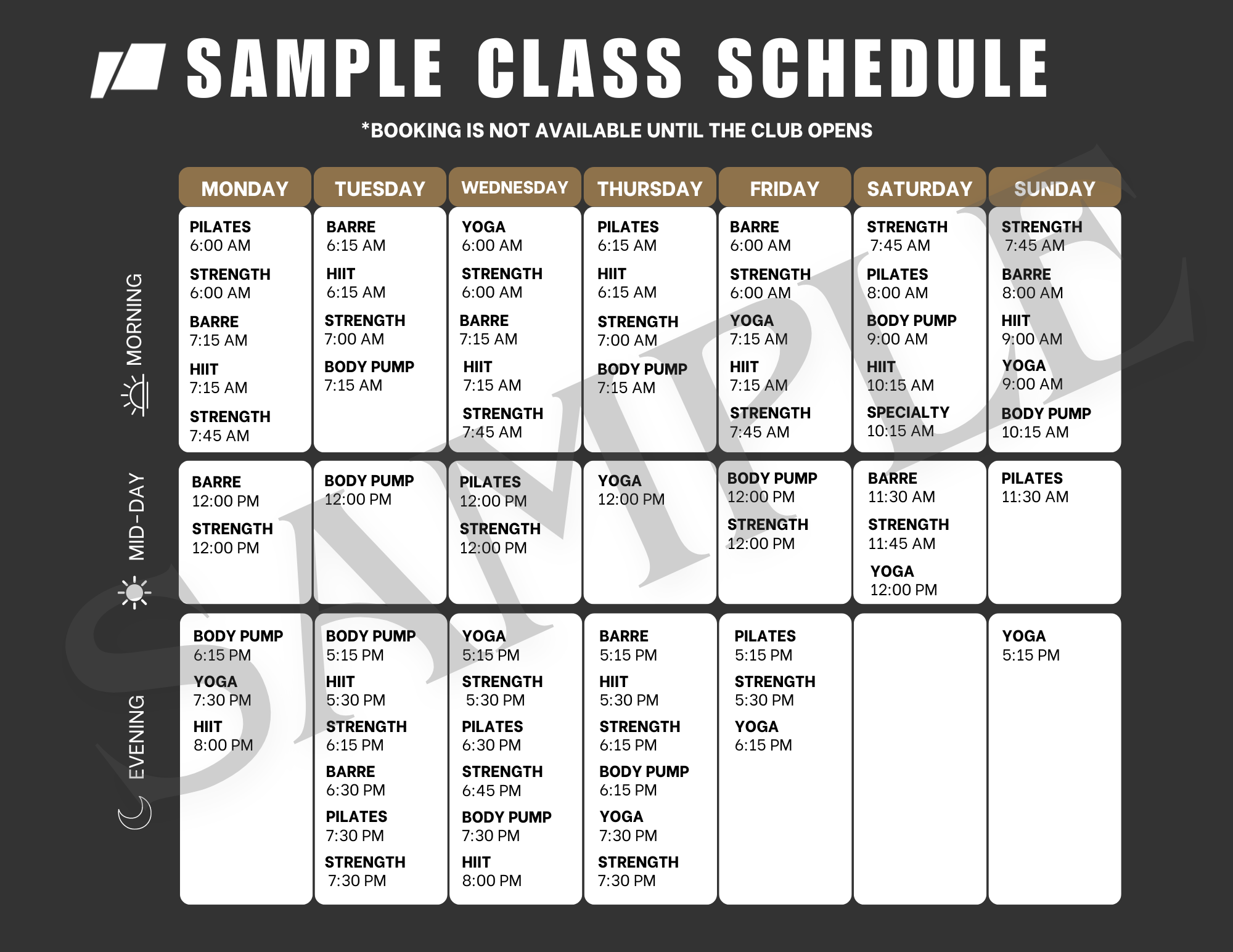You’ve cleaned up your diet, you’re exercising 3-4 times per week or more, and despite a great initial weight loss over the last 6-9 months you have seen results grind to a halt. What gives? A weight loss plateau is a real phenomenon for many people looking to lose weight, and it can be an incredibly frustrating experience that makes us want to throw in the towel and take a break from the diligence.
Here are a few major signs to help you confirm you’re in a weight loss plateau, along with two surefire ways to get out.

- You’ve gone low/no carb, keto, paleo, vegan, cut out all flour/sugar, etc. One of the primary reasons we get stuck in a weight loss plateau is cutting out too much. When we cut calories too low, we get a huge benefit in the beginning (maybe the first or second time you tried it) and then see diminishing returns. This is because our body, over time, learns to adapt to a “famine” environment and will stop burning fat for fuel. Instead, it will switch into primarily fat storage which, for our biology, is a long-term survival tactic. Will your body burn fat for energy? Yes, but it will also retain and store as much fat as it possibly can, as well. Kind of a zero-sum game, in the end. In the meantime, muscle mass is broken down for a more efficient source of fuel, and as a result, your resting metabolic rate drops meaning you need even less food than when you started.
- You’re not hungry anymore. In “diet mode,” hunger can sometimes be taken as a signal that things are going well. We resist and fight hunger, we don’t eat in response to it, and we think, hah, yes! Burn your own calories! There’s plenty there! Over time, in ignoring those signals, our brain will eventually stop producing them anymore. It gives up on trying to find food from the environment. It shifts into creating its own energy, which it is not efficient at (see #1.)
- You’ve slept a full 8 hours, but you could sleep more. All our most basic metabolic reactions that produce energy require nutrients from food: B vitamins, iron, folate, choline, zinc, iodine, etc. Without adequate calories, we aren’t likely to be getting adequate nutrients; the result is feeling run down and exhausted. Supplementation with a multivitamin can potentially be a band-aid for this, but over time it will wear us down.
- You’re frequently sick, cold, experiencing hair loss, or have irregular periods. All the above indicate a major biological system potentially impaired by lack of nutrients, protein, and calories. These conditions are considered a progression of #3 and should be a sign to increase food intake immediately. Visit a dietitian and get a professional to calculate your calorie needs. If this does not resolve the above conditions, consult your healthcare provider.
- It hurts to eat. Sometimes, going extended periods without eating (over 5 hours) can lead to discomfort or even severe pain when eating again. Think of this the way you would after sitting down for several hours: upon getting up, your muscles are likely to be stiff and sore. Your digestive system is one extremely long muscle group; it too, can experience cramping and soreness after long periods of not eating. To avoid or minimize discomfort aim to eat every 4-5 hours minimum or eat small frequent amounts if going large periods of time without eating.
If any of the above apply to you, talk to a dietitian about how to evaluate whether you’re in a weight loss plateau and how to address it to meet your individual needs. Your metabolism is likely in a slow, altered state and needs to be kicked back up again. In a general sense, there are 2 very important things that will be prescribed to you in order to reverse it.
- Eat enough. Counterintuitively, eating an adequate amount of food for your body and your exercise program will be the key to kickstarting your metabolism for weight loss again. A dietitian can help you calculate your needs and come up with a meal approach and nutritional strategies to get there, along with customized recommendations.
- Exercise regularly. Exercise will maintain and build muscle, as long as nutrition is adequate. This will increase your metabolic rate, meaning more calories are burned at rest and body fat is better managed. Continue an exercise program that is appropriately challenging, progressive in nature, and contains a mix of strength training and cardio conditioning. A personal trainer can assist with developing a customized program that meets your needs for your specific goals and movement patterns.
Looking for exercise ideas? You might enjoy “5 Tabata Moves and Why You Should Close Out Your Sets With Them“






